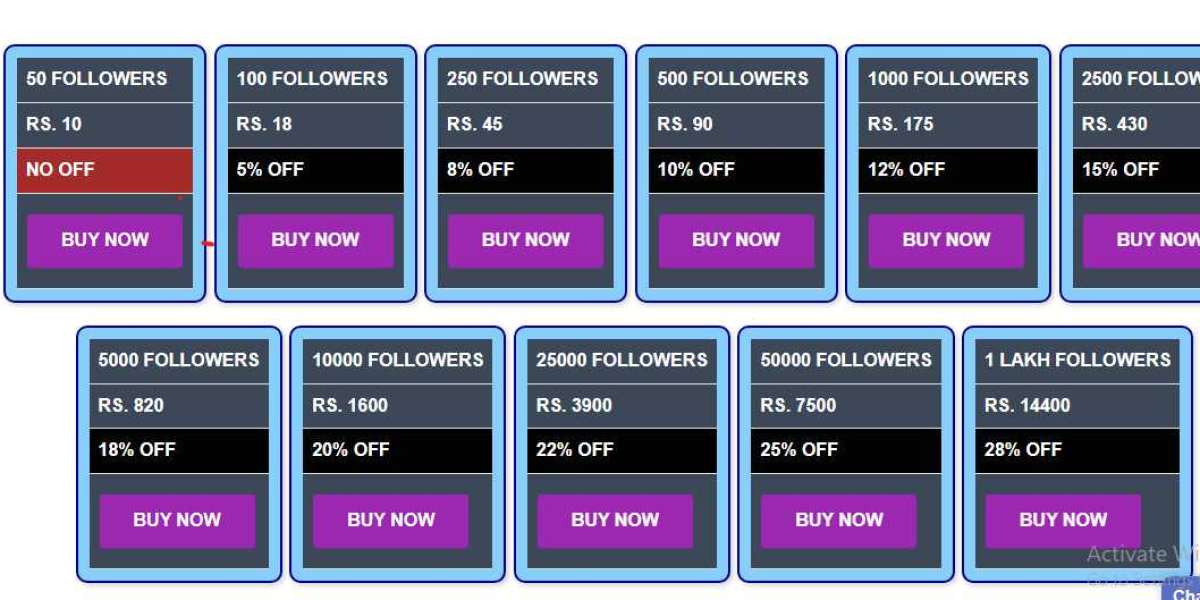Hydraulic Equipment Market Analysis
Global industry is expected to grow faster than ever before due to new technologies and various key industry players choosing multiple business tactics to expand globally by 2030.
Government policies and various regulations are playing vital role in this industry. Regional market growth is outstanding post pandemic. Some drivers and trends are helping the industry to grow at a high CAGR during forecast period 2023-2030.
Hydraulic Equipment Market is projected to be worth USD 61.23 billion, with a CAGR of 9.11% during the forecast period 2022- 2030.
Buy Premium Report @ https://www.marketresearchfuture.com/checkout?currency=one_user-USDreport_id=8066
Increasing Demand from the Food and Beverage Industry
The use of pressurized fluids to execute machining processes is referred to as hydraulic equipment. The hydraulic system transmits power via liquid (typically oil) and offers few advantages over the electrical and mechanical systems. Hydraulic systems can simply generate a linear motion with hydraulic cylinders, whereas electrical and mechanical methods require a mechanical device to transform rotational motion to linear motion. Hydraulic equipment is powered by a variety of pumps, valves, filters, motors, and actuators. The materials used in hydraulic equipment include a wide range of synthetics and metals. Materials used in extremely high-pressure systems include titanium, steel and stainless-steel alloys, woven wire, brass, and rubber. Various plastics are also used in tubing and valve fittings applications.
The increased demand for water and wastewater infrastructure in the Asia Pacific, as well as increasing demand from the food and beverage industry, are the primary factors propelling the hydraulic equipment market. In March 2019, SUEZ was awarded three contracts in the Greater Bay Area, China, for the construction and operation of a wastewater treatment plant in Guangdong province for water management and waste recovery. This plant will necessitate the use of hydraulic equipment, such as pumps, motors, and valves, for a variety of tasks, propelling the worldwide hydraulic equipment market. Furthermore, increased demand for construction equipment in infrastructure projects, as well as other reasons, are likely to provide profitable business prospects in the hydraulic equipment market.
Market Segmentation
The global hydraulic equipment market has been segmented based on components and application.
- On the basis of components, the global hydraulic equipment market has been segmented into pumps, motors, valves, cylinders, and accessories. Valves sub-segment will lead the hydraulic equipment market during the forecast period.
- On the basis of application, the global hydraulic equipment market has been segmented into industrial and mobile. Within the application segment, the mobile sub-segment is projected to account for the maximum share during the forecast period.
Regional Analysis
APAC to Lead the Global Market
Due to increased investments in construction activities in emerging nations such as India and China, Asia Pacific held the highest share of the hydraulic equipment market. China is predicted to hold the largest portion of the regional market, while India is expected to be the region's fastest expanding economy. For example, the construction sector in China, Germany, and the United States is predicted to rise by 4.0%, 2.8%, and 2.1%, respectively, in 2019. Hydraulic equipment is typically seen in construction machinery. Such factors are projected to drive the Asia Pacific hydraulic equipment market.
Access Report Details @ https://www.marketresearchfuture.com/reports/hydraulic-equipment-market-8066
Key Players
The key players in the global hydraulic equipment market are Bosch Rexroth (Germany), Eaton Corporation Plc (Ireland), Parker Hannifin (US), Kawasaki (Japan), HAWE (Germany), Hydac (Germany), Moog, Inc. (US), Bucker Hydraulics (Germany), Daikin (Japan), Concentric (Sweden), Casappa (Italy), Nachi-Fujikoshi (Japan), Dantal Hydraulics (India), Fluitronics GmbH (Germany), and Linde Hydraulics (Germany).














